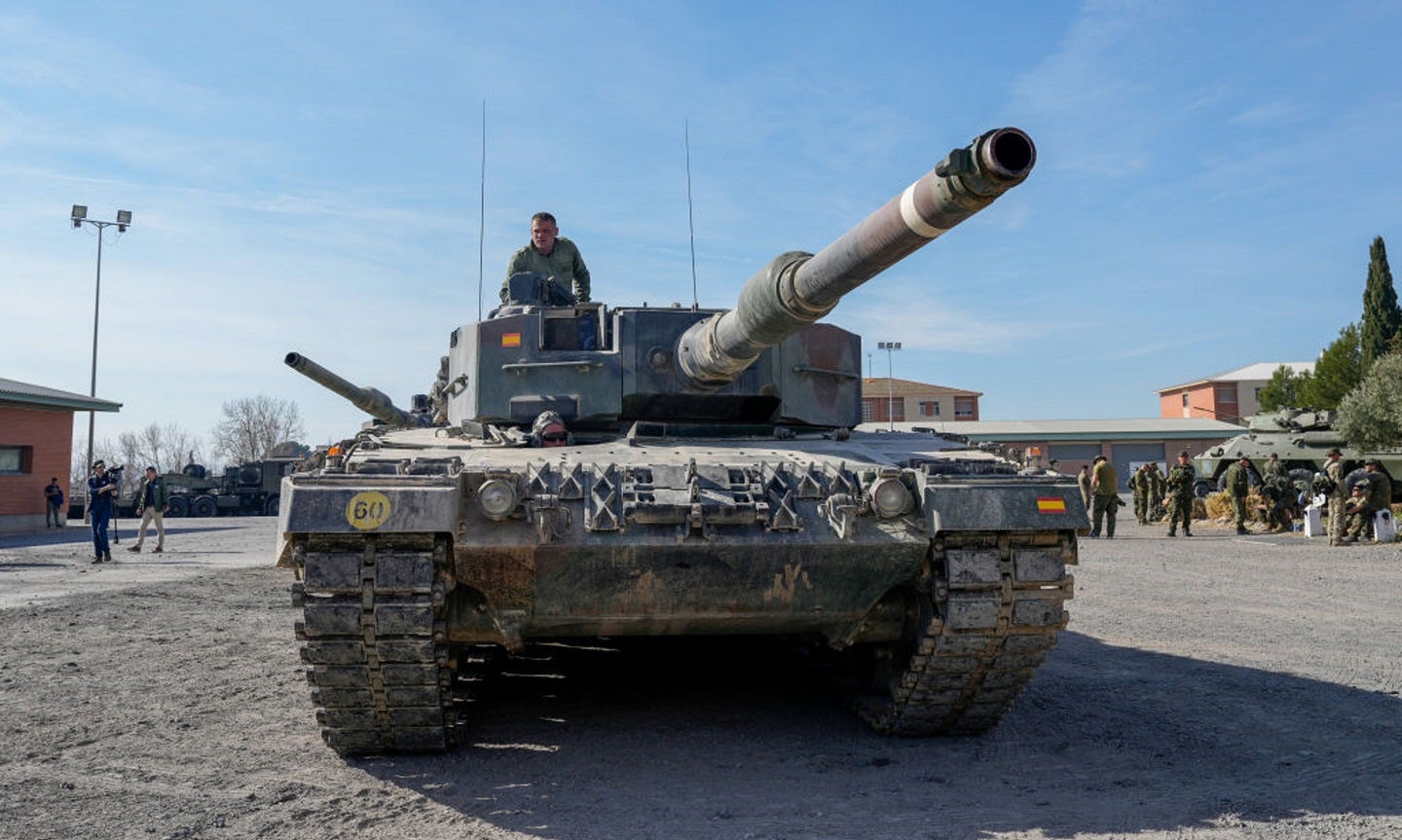
Officials from Denmark, the Netherlands and Germany alongside representatives from Rheinmetall signed an agreement on 27 June confirming that the Danish and Dutch governments will finance the development of the Leopard 2A4 main battle tanks (MBTs), worth a figure in the lower three-digit million-euro range.
In April 2023, the two sponsors announced their intention to jointly acquire the MBTs from the original equipment manufacturer (OEM) – encouraged to support Ukraine’s ongoing counter-offensive against invading Russian forces in the south and east of the country.
Rheinmetall will deliver the first vehicle in January 2024, with the last due to ship in the course of the year. Rheinmetall will develop upgraded 2A4 MBTs comprised from the inventories of user nations.
The agreement is the latest in a series of actions taken by the Düsseldorf-based tech enterprise in support of Ukraine’s war effort. In the meantime, Rheinmetall is the embattled country’s sole source of large-volume shipments of new medium and large calibre ammunition, including 20mm rounds for the Marder IFV’s automatic cannon and 105mm and 120mm tank ammunition for the main armament of the Ukrainian Army’s Leopard I and Leopard 2 MBTs. A first lot of 35mm ammunition for the Gepard antiaircraft tank will soon be ready for shipment as well.
Ukraine’s military needs
The President of Ukraine Volodymyr Zelenskyy continued his call for F-16 fighter jets and long-range missile defence systems after news of the Wagner rebellion circulated last weekend.
This also comes just after the UK Ministry of Defence supplied a batch of its Storm Shadow long-range precision strike missiles in May.
Ukraine has emphasised it needs sophisticated western aircraft that can outmatch Russian Sukhoi aircraft and long-range air defences to defend personnel and infrastructure. Ukraine does not specify it needs 2A4s on its wish list, even though the donation is still welcomed. So what encouraged the Danish and Dutch sponsors to provide Leopard 2A4s?
European mobilisation has be scrabblingto produce at a level that meets demand, especially when it comes to ammunition, both for Ukriane and their own stockpiles.
Leopard MBTs are a standard land platform across Europe, which the Ukrianian military has been trained to use. By pooling the common equipment and resources for this platform “from the inventories of user nations”, the time and cost to deliver and field the donation will be quicker and affordable for the two sponsors and the OEM.
Nato restructure
Nato is due to undergo a major overhaul that will see its military structures redefined, according to the UK government. What we can expect from Nato’s transformation in the weeks leading up to the Vilnius summit is a model structure that looks more closely at the needs of each member country’s military needs.
Pooling equipment and resources, as Denmark and the Netherlands have done in today’s agreement, may be one way Europe will continue to mobilise to sustain Ukraine and their own defence efforts. Closer integration and interoperability is to be expected.
Nato must ensure that it employs a strategy that pre-empts manufacturing and production as opposed to using tactics as a response to circumstances, such as cash injections in domestic supply chains or incremental donations of various different military systems to Ukraine, such as this costly effort that will not effectively support Ukraine’s current military objectives.
These changes will redefine how Nato operates, affirming the UK government’s claim that these plans will be the “biggest transformation of Nato for decades.”







